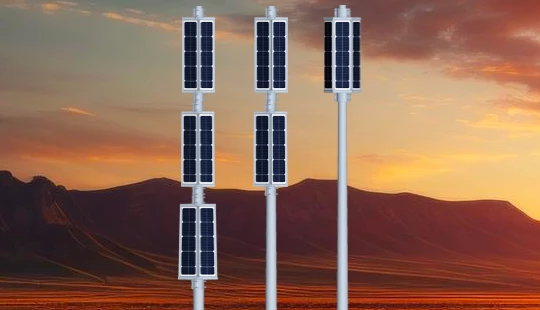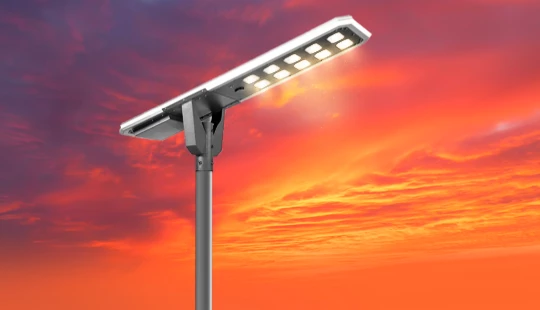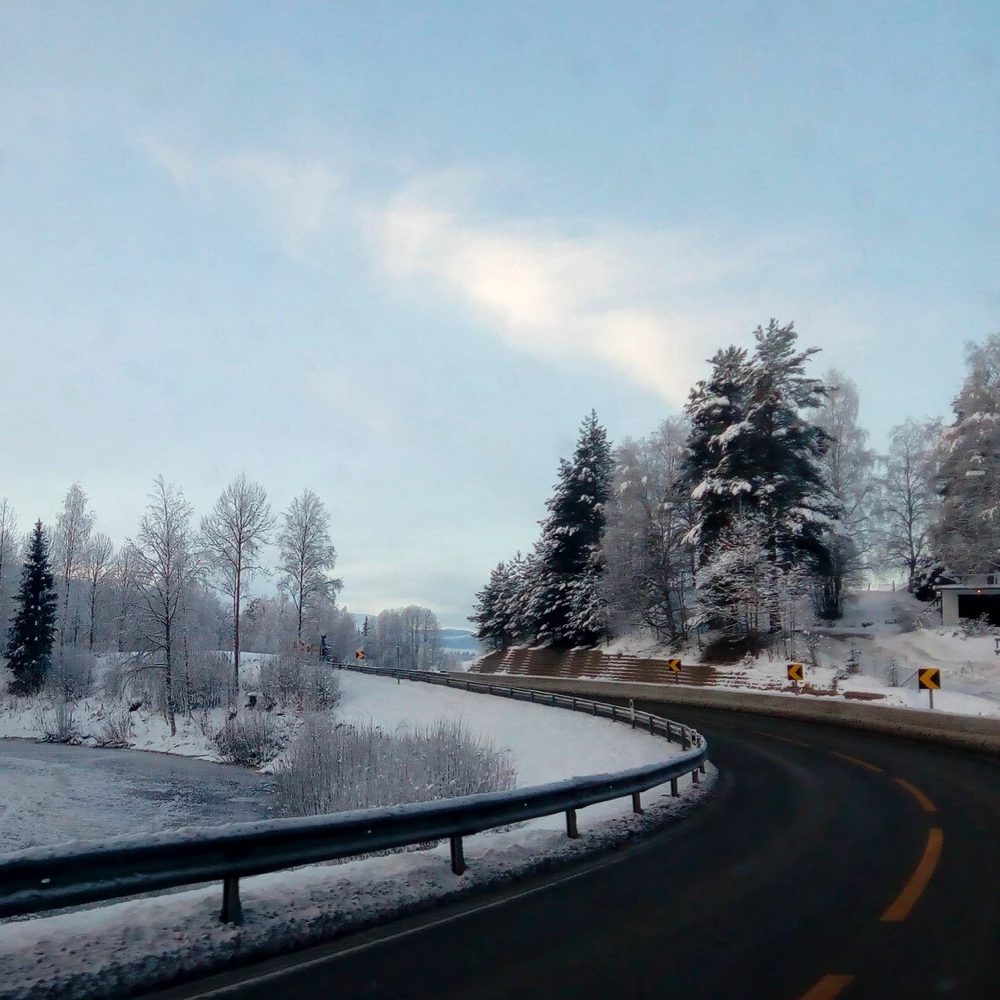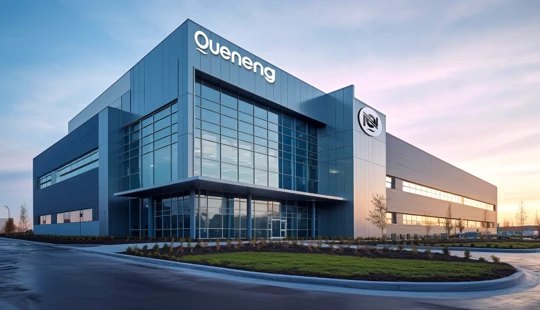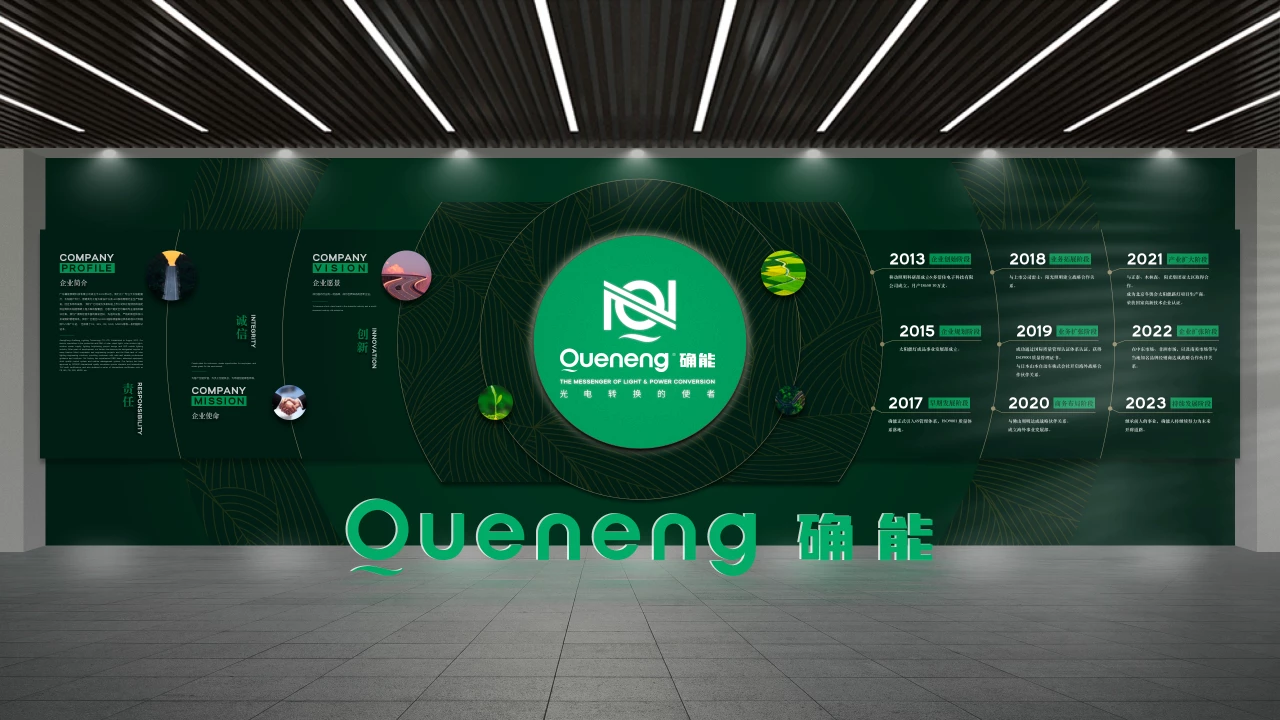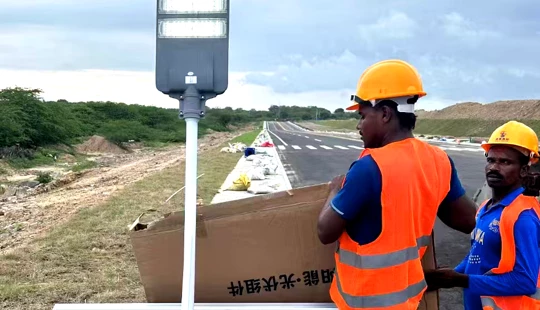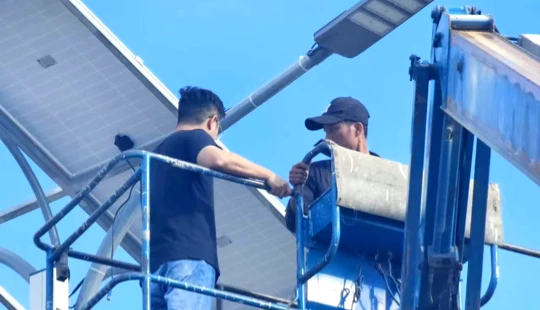Solar Street Lighting: Benefits, FAQs, and Solutions | Queneng
# Solar Street Lighting: A Comprehensive Guide to Benefits, FAQs, and Solutions
Solar street lighting is revolutionizing urban and rural infrastructure by providing sustainable, cost-effective, and reliable lighting solutions. As cities and communities worldwide strive to reduce their carbon footprint and energy costs, solar street lighting has emerged as a leading alternative to traditional grid-powered systems. In this article, we’ll explore the benefits of solar street lighting, answer common questions, and explain why it’s a smart choice for modern cities.
What is Solar Street Lighting?
Solar street lighting refers to outdoor lighting systems powered by solar energy. These systems consist of solar panels, batteries, LED lights, and a control system. During the day, the solar panels absorb sunlight and convert it into electricity, which is stored in the batteries. At night, the stored energy powers the LED lights, providing illumination without relying on the electrical grid.
How Does Solar Street Lighting Work?
1. Solar Panels: Capture sunlight and convert it into electrical energy.
2. Battery Storage: Stores the generated energy for use during nighttime or cloudy days.
3. LED Lights: Provide bright, energy-efficient illumination.
4. Control System: Manages the charging and discharging of the battery, ensuring optimal performance.
Benefits of Solar Street Lighting
1. Energy Efficiency and Cost Savings
Solar street lighting systems are highly energy-efficient, relying on renewable solar energy instead of grid electricity. This reduces energy bills and operational costs over time.
2. Environmentally Friendly
By using clean, renewable energy, solar street lighting reduces greenhouse gas emissions and dependence on fossil fuels.
3. Low Maintenance
Solar street lights require minimal maintenance compared to traditional lighting systems. With no wiring or grid dependency, they are easy to install and operate.
4. Reliable in Remote Areas
Solar street lighting is ideal for remote or off-grid locations where extending electrical infrastructure is costly or impractical.
Common Questions About Solar Street Lighting
1. How Long Do Solar Street Lights Last?
Solar street lights typically last 5-7 years for the battery and up to 10-15 years for the LED lights. High-quality systems, like those from Queneng, are designed for durability and long-term performance.
2. Can Solar Street Lights Work on Cloudy Days?
Yes, solar street lights can operate on cloudy days. The batteries store excess energy generated on sunny days, ensuring continuous operation even during overcast conditions.
3. Are Solar Street Lights Expensive?
While the initial cost of solar street lighting may be higher than traditional systems, the long-term savings on energy bills and maintenance make it a cost-effective solution.
4. How Bright Are Solar Street Lights?
Solar street lights use LED technology, which provides bright and consistent illumination. The brightness can be customized based on the specific needs of the area.
5. What Are the Key Components of a Solar Street Light?
The main components include solar panels, batteries, LED lights, a control system, and a pole. Each component plays a crucial role in ensuring efficient and reliable operation.
Why Choose Queneng for Solar Street Lighting?
Queneng is a trusted provider of high-quality solar street lighting solutions. Our systems are designed for durability, efficiency, and ease of installation. With a focus on innovation and sustainability, Queneng helps cities and communities transition to cleaner, smarter lighting solutions.
Conclusion
Solar street lighting is a sustainable, cost-effective, and reliable solution for modern cities and communities. By harnessing the power of the sun, these systems reduce energy costs, minimize environmental impact, and provide reliable illumination in even the most remote areas. Whether you’re looking to upgrade urban infrastructure or light up off-grid locations, solar street lighting is a smart choice.
For more information or to explore Queneng’s solar street lighting solutions, contact us today!

Have more questions about our products or services?
The latest hot news you might like

Discover how solar panels power street lights, exploring the technology behind solar energy conversion, storage systems, and how solar-powered street lights are revolutionizing urban and rural lighting solutions.

Learn how AC Solar Hybrid Street Lights work, their advantages, disadvantages, system behavior in low-sunlight conditions, and why hybrid technology is ideal for regions with unstable sunlight.

Municipalities around the world are increasingly adopting solar-powered streetlights as part of their urban development strategies. Rising energy costs, the need for sustainable infrastructure, and government green initiatives are driving cities to switch from traditional street lighting to advanced LED solar streetlights.
Queneng Lighting provides municipalities with cost-effective, energy-efficient, and durable solar lighting solutions, ensuring safe and sustainable public spaces.
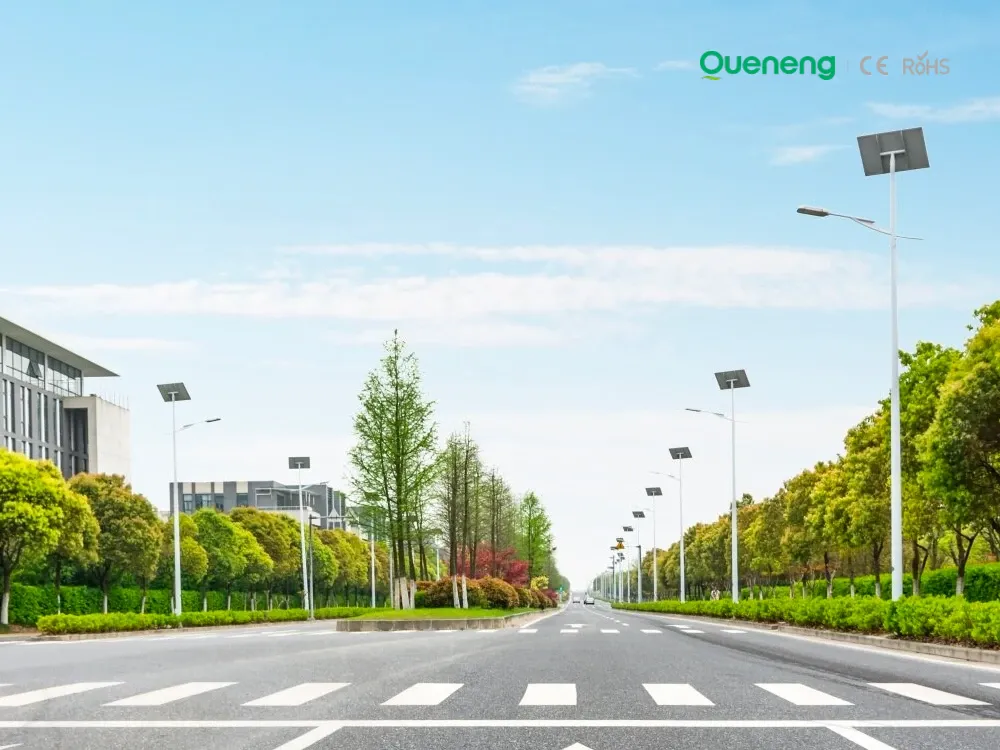
In recent years, the purchase of solar streetlights for municipalities has become a growing trend across the globe. Local governments are under pressure to reduce public expenditure, promote green energy, and create safer communities. Solar streetlights provide a reliable, cost-effective, and sustainable solution that meets these needs. Queneng Lighting, as a leading solar street lighting manufacturer, has supported multiple municipal projects worldwide with customized and energy-efficient solutions.
FAQ
Transportation and Highways
How do solar lights perform in areas with heavy traffic pollution?
Solar panels may require more frequent cleaning in high pollution areas to maintain efficiency, but the system's durability ensures reliable performance.
Battery and Analysis
Can any charger be used for rechargeable portable batteries?
Do batteries need to be fully charged for long-term storage?
What is the operating temperature range of lithium-ion batteries?
Municipal and Public Infrastructure
Do solar streetlights require any wiring?
No, solar streetlights are entirely independent of the electrical grid. They operate using solar panels, batteries, and LED lights, eliminating the need for underground wiring.
OEM&ODM
Can I customize the product appearance and packaging?
Yes! We offer full customization on housing color, logo printing, battery configuration, controller type, and box design.


Queneng's Luzhou Solar Street Light provides sustainable, energy-efficient outdoor LED lighting. Powered by solar energy, it's a cost-effective and eco-friendly solution for illuminating streets and pathways. A reliable and durable LED solar street light.

The Solar Streetlights of Luhao for Municipalities are designed to deliver reliable, energy-efficient, and cost-effective public lighting solutions. Equipped with advanced LED technology, durable lithium batteries, and high-efficiency solar panels, these streetlights provide consistent illumination for roads, parks, residential areas, and government projects.


Queneng's Lufei Solar Street Light offers durable, energy-efficient outdoor lighting solutions. This solar-powered street light provides reliable illumination, reducing energy costs and environmental impact. Ideal for outdoor spaces, Lufei ensures safety and security.

Queneng’s Solar Street Lights are designed to provide reliable, energy-efficient lighting for streets, parks, and other outdoor spaces.
Our professional team is ready to answer any questions and provide personalized support for your project.
You can reach us via phone or email to learn more about Queneng’s solar lighting solutions. We look forward to working with you to promote clean energy solutions!
Rest assured that your privacy is important to us, and all information provided will be handled with the utmost confidentiality.
By clicking 'Send Inquiry Now' I agree to Queneng processing my personal data.
To see how to withdraw your consent, how to control your personal data and how we process it, please see our Privacy Policy and Terms of use.
Schedule a Meeting

Book a date and time that is convenient for you and conduct the session in advance.
Have more questions about our products or services?

